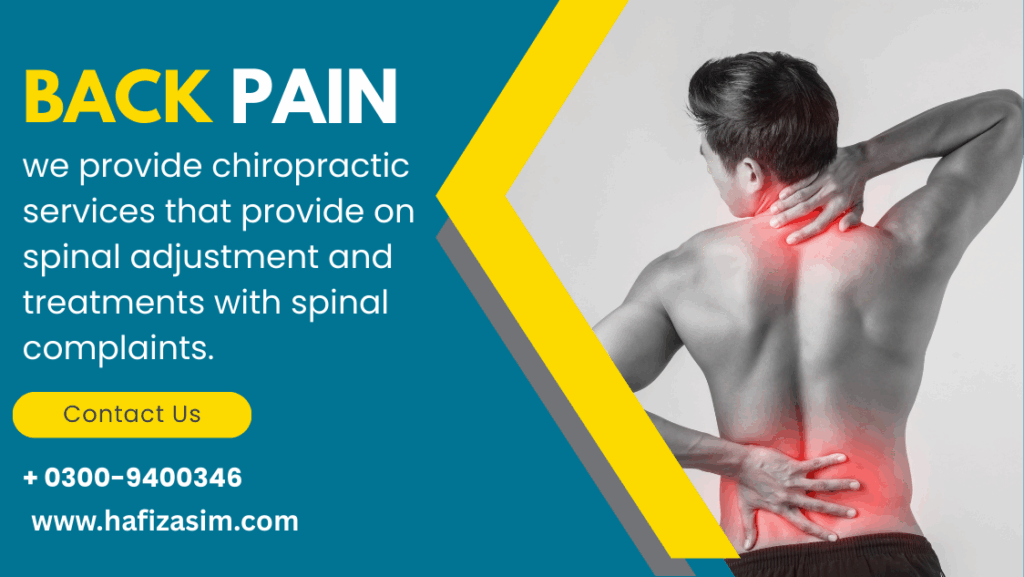Shoulder Pain Decoded: Causes, Treatment, and Prevention
Shoulder pain can significantly impact your daily life, making simple tasks feel challenging. Whether you’re dealing with stiffness, soreness, or limited mobility, understanding the root causes and treatment options is the first step toward recovery. In this post, we’ll explore the causes of shoulder pain, effective treatment methods, and strategies to prevent future discomfort.
Understanding the Shoulder Joint
The shoulder is a highly mobile joint, enabling a wide range of motions. It comprises bones, muscles, tendons, and ligaments working in harmony. However, this mobility also makes it prone to injuries and overuse conditions.5
Common Causes of Shoulder Pain
- Rotator Cuff Injuries
- What It Is: Damage to the tendons surrounding the shoulder joint.
- Symptoms: Weakness, difficulty lifting the arm, or pain when sleeping on the affected side.
- Frozen Shoulder (Adhesive Capsulitis)
- What It Is: Stiffness and restricted movement due to inflammation.
- Symptoms: Gradual loss of shoulder motion, particularly in lifting or rotating the arm.
- Shoulder Impingement
- What It Is: Compression of tendons between shoulder bones.
- Symptoms: Pain during overhead activities or reaching behind the back.
- Bursitis
- What It Is: Inflammation of the bursa (a fluid-filled sac reducing friction in the joint).
- Symptoms: Swelling, redness, and tenderness around the shoulder.
- Arthritis
- What It Is: Wear and tear of cartilage in the shoulder joint.
- Symptoms: Persistent pain, swelling, and reduced range of motion.
- Dislocation or Fracture
- What It Is: Joint misalignment or broken shoulder bone due to trauma.
- Symptoms: Intense pain, deformity, and limited mobility.
Effective Treatments for Shoulder Pain
- Physical Therapy
- Strengthens shoulder muscles.
- Improves joint stability and mobility through targeted exercises.
- Medications
- Over-the-counter pain relievers like ibuprofen or acetaminophen.
- Corticosteroid injections for severe inflammation.
- Lifestyle Adjustments
- Avoid repetitive overhead movements.
- Use proper ergonomics at work and home.
- Surgical Intervention
- Recommended for severe cases such as rotator cuff tears or dislocations that don’t respond to conservative treatments.
- Alternative Therapies
- Acupuncture or chiropractic adjustments can relieve tension and pain.
Exercises to Relieve Shoulder Pain
Always consult a therapist or doctor before beginning any exercise routine.
- Pendulum Stretch
- Lean forward slightly, letting your arm hang down. Swing it gently in circular motions.
- Wall Angels
- Stand with your back against a wall. Slowly raise and lower your arms as if making snow angels.
- External Rotation
- Use a resistance band to strengthen the rotator cuff. Keep your elbow bent at 90 degrees as you rotate your arm outward.
Preventing Shoulder Pain
- Maintain Good Posture
- Avoid slouching to reduce strain on the shoulder.
- Stretch Regularly
- Incorporate shoulder stretches into your daily routine to maintain flexibility.
- Strengthen Supporting Muscles
- Build strength in your back and core to support shoulder movement.
- Modify Activities
- Avoid overuse by varying tasks and taking breaks.
- Warm-Up Before Physical Activity
- Prepare your muscles and joints with dynamic stretching.
How IMC Rehab Services Can Help
At IMC Rehab Services, we provide personalized care to address shoulder pain. Our expert team offers physical therapy, posture correction, and tailored treatment plans to restore strength and mobility.
Contact us today to schedule a consultation and take the first step toward pain-free living!
FAQs: Shoulder Pain
–


